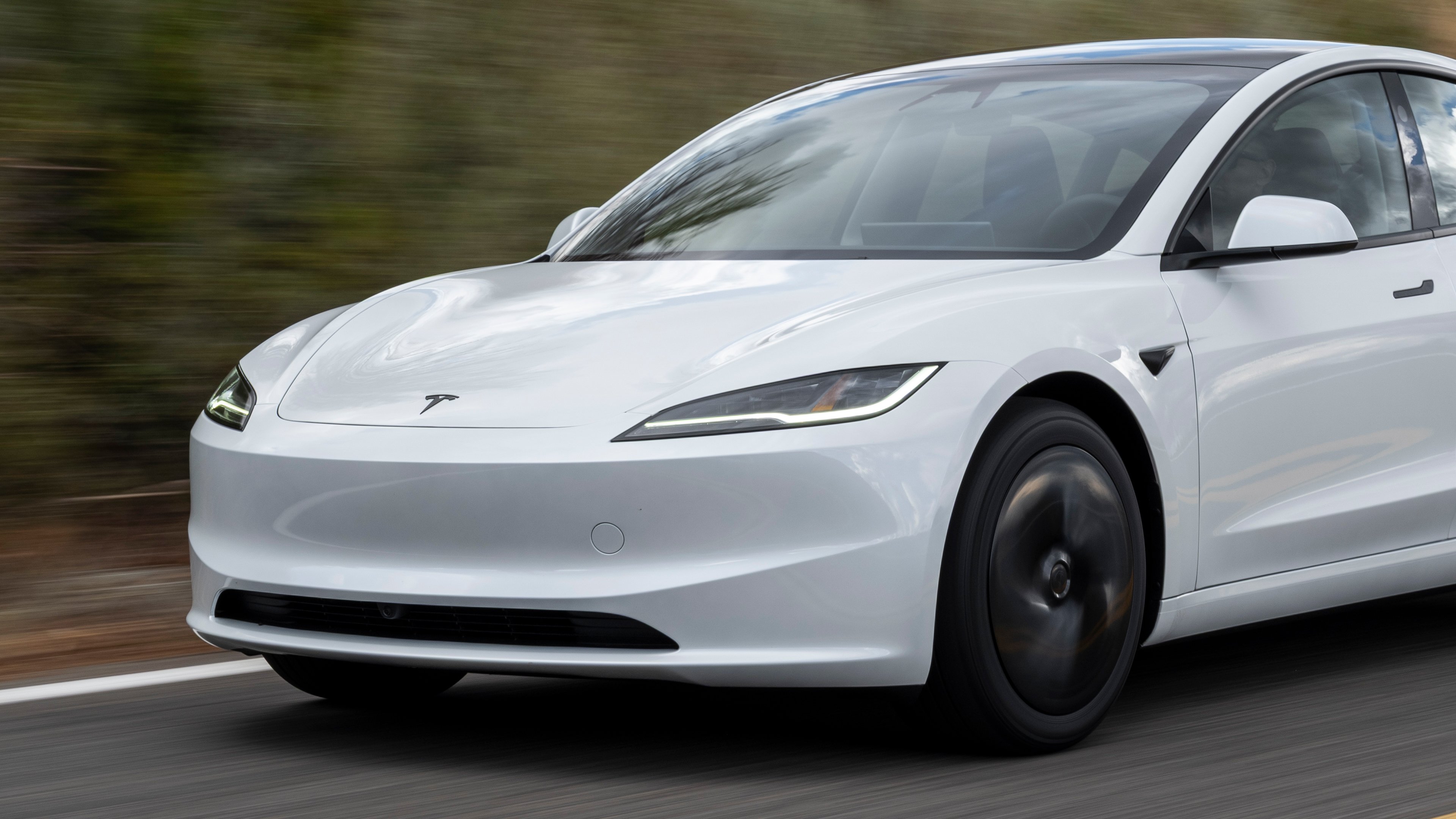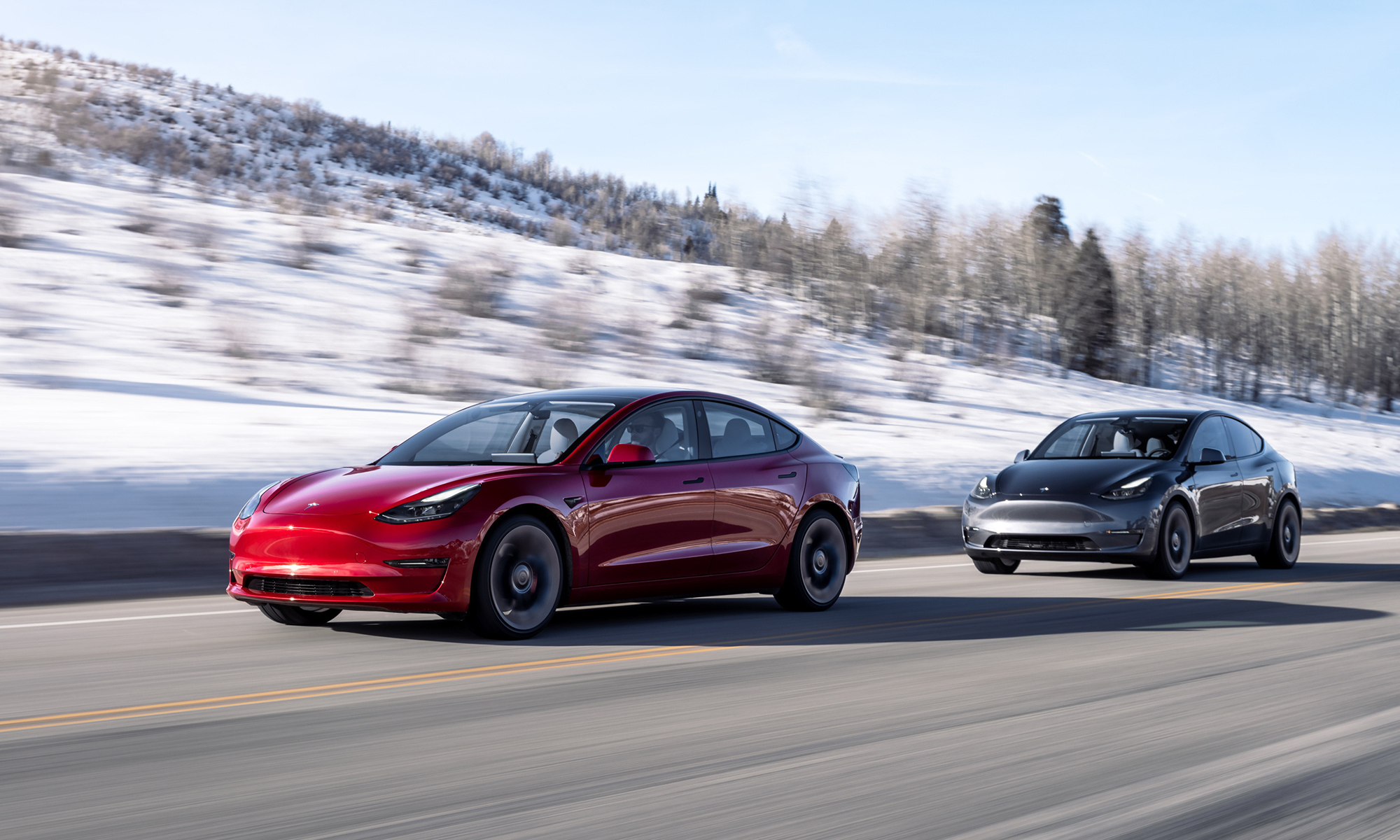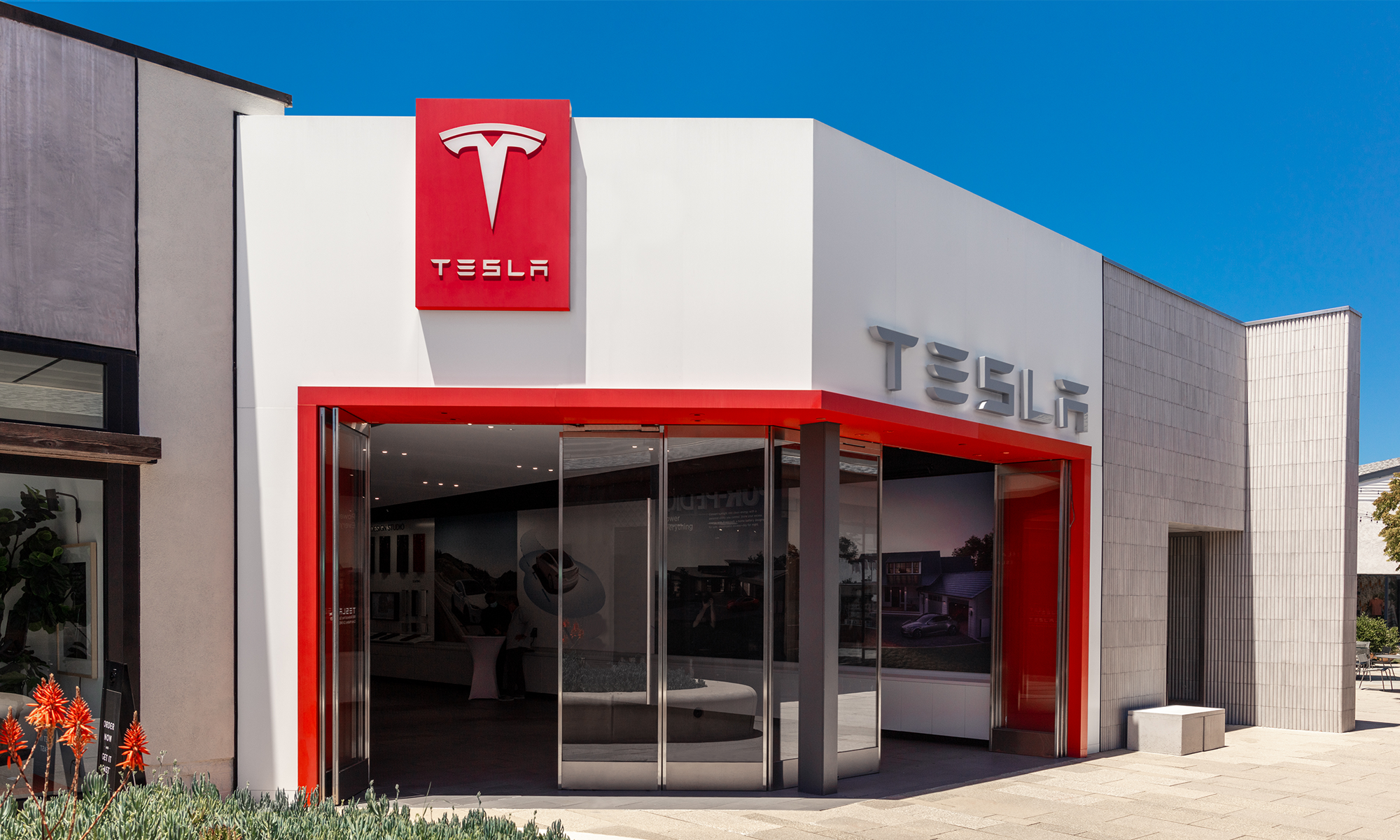After sliding sharply on Thursday and Friday, Tesla (TSLA 4.20%) is back in focus ahead of its next earnings report, scheduled for Oct. 22. With a combination of record quarterly deliveries, a sharp sell-off, and an earnings report on the horizon, it's a good time to look closely at the growth stock. Is the pullback a buying opportunity?
The electric vehicle (EV) maker, which also sells batteries and energy-storage systems and is increasingly leaning into software and services with its Full Self-Driving (Supervised) driver-assistance technology and its autonomous ride-sharing robotaxi operation, has some massive catalysts ahead. But it may have to endure a tough fourth quarter first, making the question of whether shares are a buy a difficult one. The stock's high valuation makes the decision even harder.
With this backdrop in mind, here are four reasons investors might want to buy the stock and one important reason they may want to avoid it.

Image source: Getty Images.
A return to growth in its core automotive business
Tesla delivered about 497,100 vehicles in the third quarter, a new quarterly record and, importantly, a return to year-over-year growth of about 7% versus the same period last year. That reversal follows two straight quarters of declines: First-quarter 2025 deliveries fell 13% year over year to 336,681, and second-quarter 2025 deliveries slipped 13% to 384,122. Together, these figures frame Q3 not just as a huge sequential jump but also as a clear break in a tough 2025 trend.
Even though the rebound was helped by the expiration of a key $7,500 U.S. electric vehicle credit, it's worth noting that third-quarter deliveries were far above analysts' consensus forecast for only about 448,000 vehicles.
Energy is quietly becoming a substantial catalyst
Alongside vehicles, Tesla's fast-growing energy storage business took another major step forward in Q3. Tesla deployed 12.5 gigawatt hours (GWh) of storage in the third quarter, its highest on record and well above both the 9.6 GWh reported in the second quarter of 2025 and the 6.9 GWh posted in the third quarter of 2024.
This key segment is now generating substantial gross profit for the company and is likely to continue growing as a percentage of overall revenue.
Fading credits may sting, but product and pricing help
The $7,500 federal electric vehicle credit expired on Sept. 30 -- a change that likely pulled some U.S. demand into Q3 and could weigh on Q4. But there are two offsets worth watching. First, Tesla's sweeping post-COVID-19 price cuts have made its lineup far more accessible than a few years ago.
Second, the recently overhauled Model Y, which Tesla is calling Juniper, gives the company a timely hero product to market into the holidays. While these may not be enough to fully offset the loss of the electric vehicle incentive, they are key catalysts that can help the company begin building momentum going into 2026.
A more affordable model is coming
More importantly, the company has a more affordable model coming soon. Indeed, Tesla said in its second-quarter update that it produced its first units of the new model in June, with volume production planned before the year ends. While comments from Tesla CEO Elon Musk in the company's second-quarter earnings call suggest this may simply be a cheaper version of the new Model Y, it's still worth getting excited about. A lower-priced car could help offset the loss of the now-expired federal credit.
If the company releases a meaningfully lower-priced model with a compelling range and features, the addition could significantly expand Tesla's addressable market next year.
A new, higher-margin revenue stream
And don't forget what is probably Tesla's most important catalyst: a recently launched limited robotaxi pilot program in Austin. It is early for the autonomous ride-sharing program, and a cautious rollout and regulatory constraints mean the near-term financial impact is likely small, but this could morph into a major profit stream for Tesla over time.
If the service scales and more owners opt into Full Self-Driving (Supervised), software and services could grow as a share of revenue. This will likely be a positive for margins and valuation over time. Additionally, growing buzz about robotaxi and Tesla's Full Self-Driving (Supervised) software could help lure in new Tesla buyers, helping accelerate sales growth.

NASDAQ: TSLA
Key Data Points
The reason not to buy? Valuation still leaves little room for error
Even after the sell-off, the stock trades at more than 250 times earnings as of this writing. A price-to-earnings (P/E) ratio like this makes the S&P 500's P/E of about 26 look cheap -- and it leaves almost no room for error. The valuation arguably already prices in substantial progress on autonomy, software monetization, and lower-priced vehicles while also expecting energy to keep compounding. Ultimately, shares could take a beating if Tesla drops the ball in any way.
Despite the company's powerful catalysts, the bear case (valuation) is simpler and, for now, heavy enough to matter. Considering all these bullish reasons to buy shares in the context of the stock's high valuation, investors should proceed with caution. For investors convinced by Tesla's long-term roadmap, a small position could make sense with the expectation of volatility and the discipline to add only if shares retreat further. Everyone else may prefer to wait for a potential further decline in the share price or for fundamentals to catch up.





